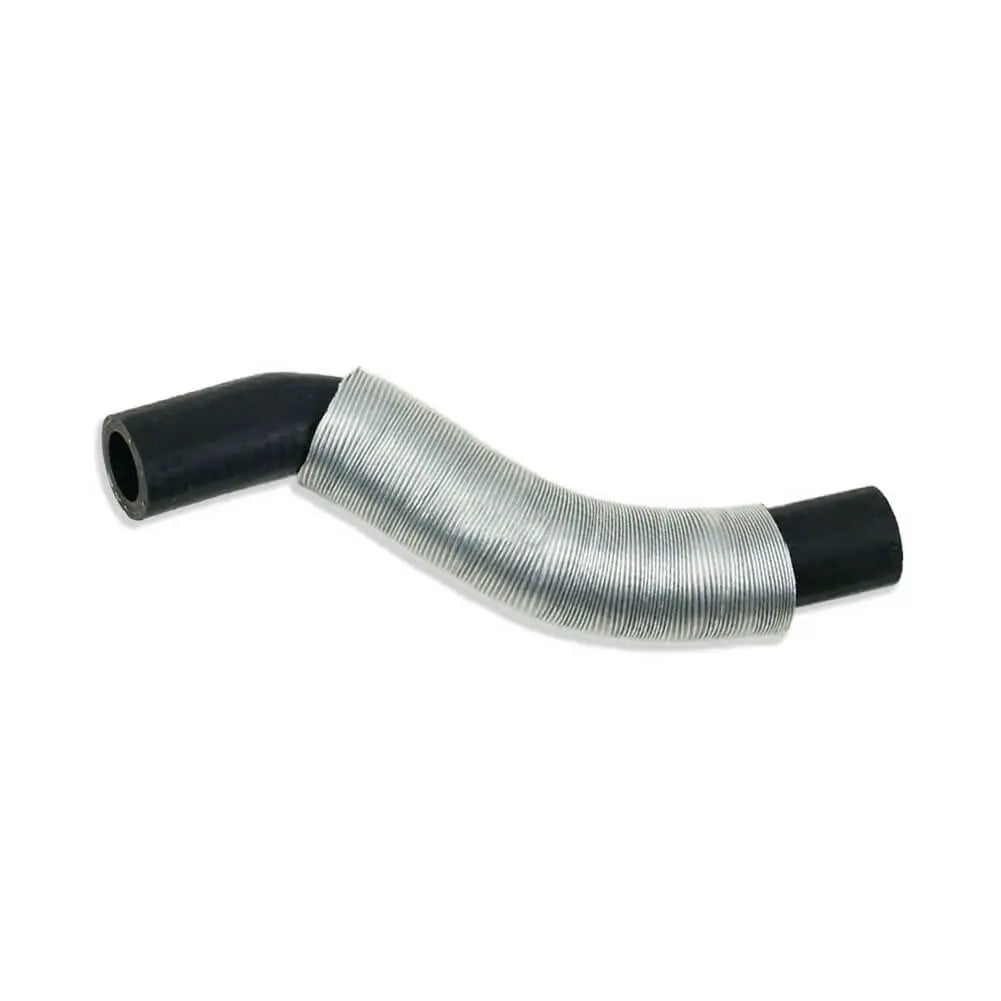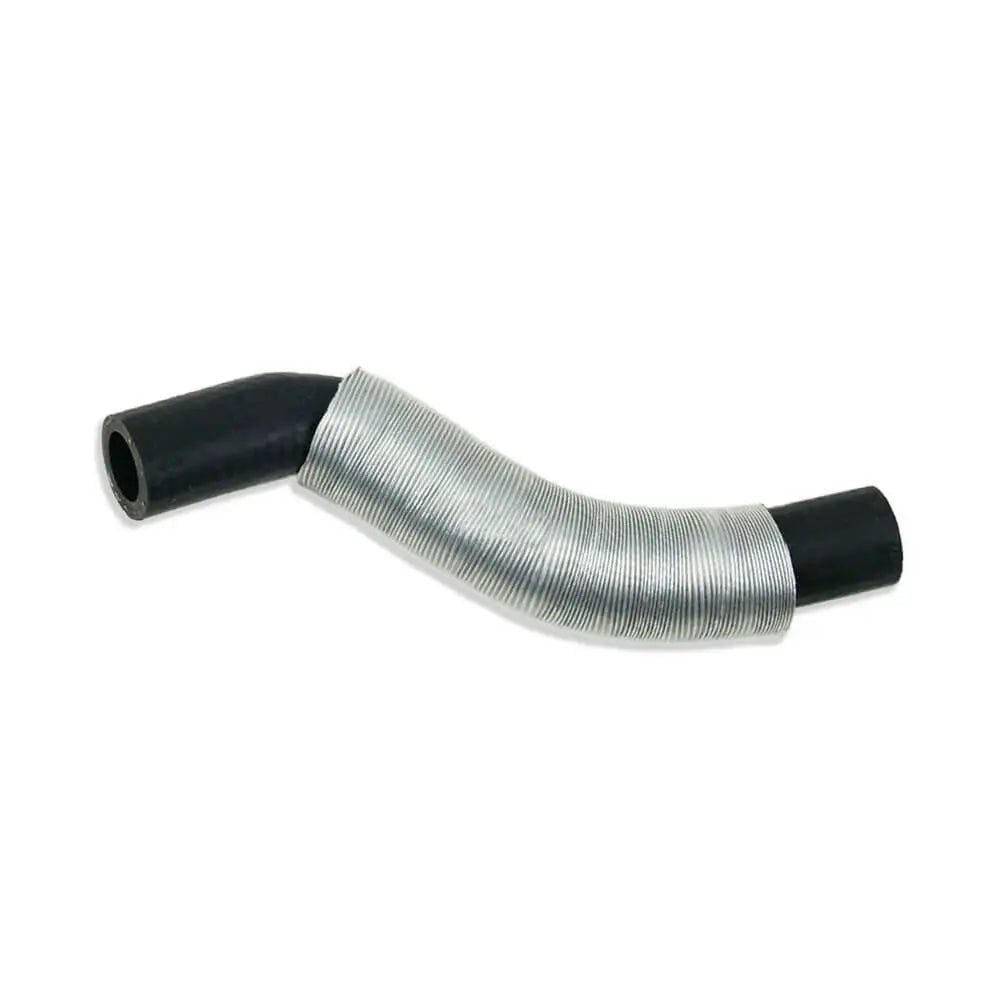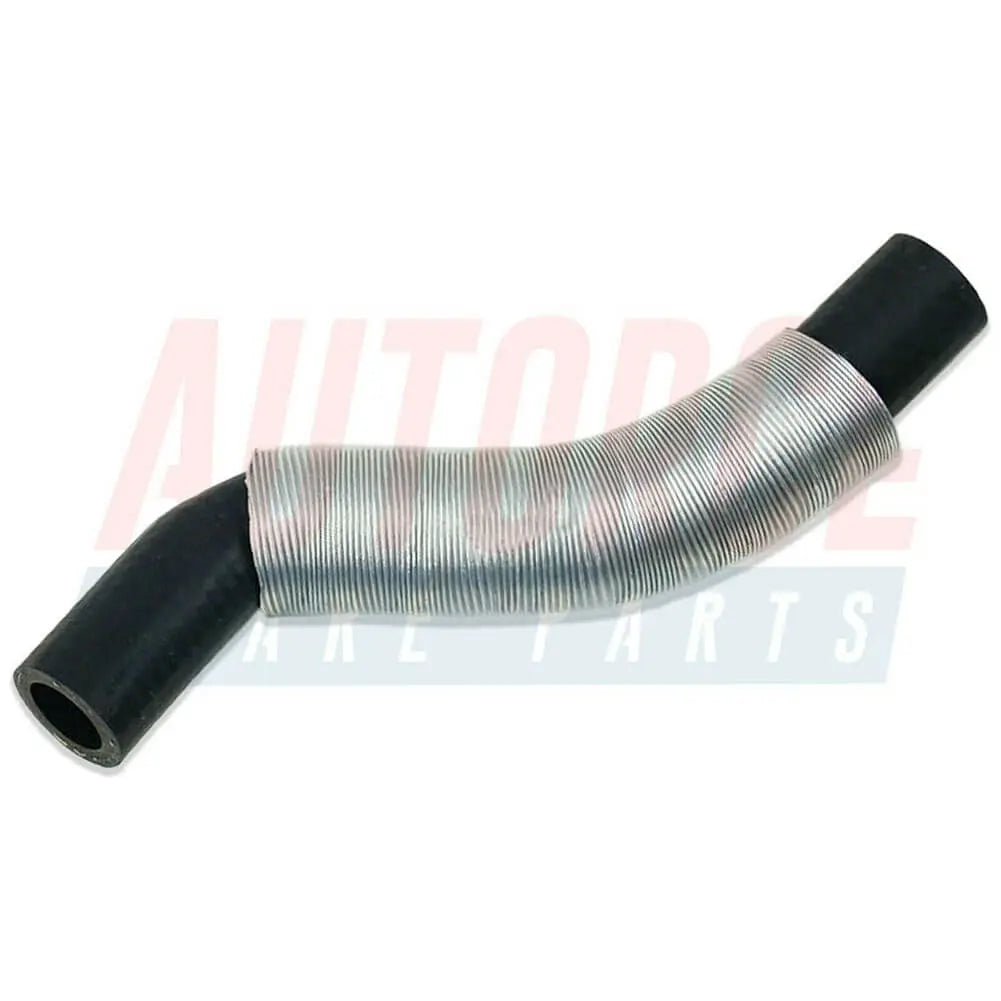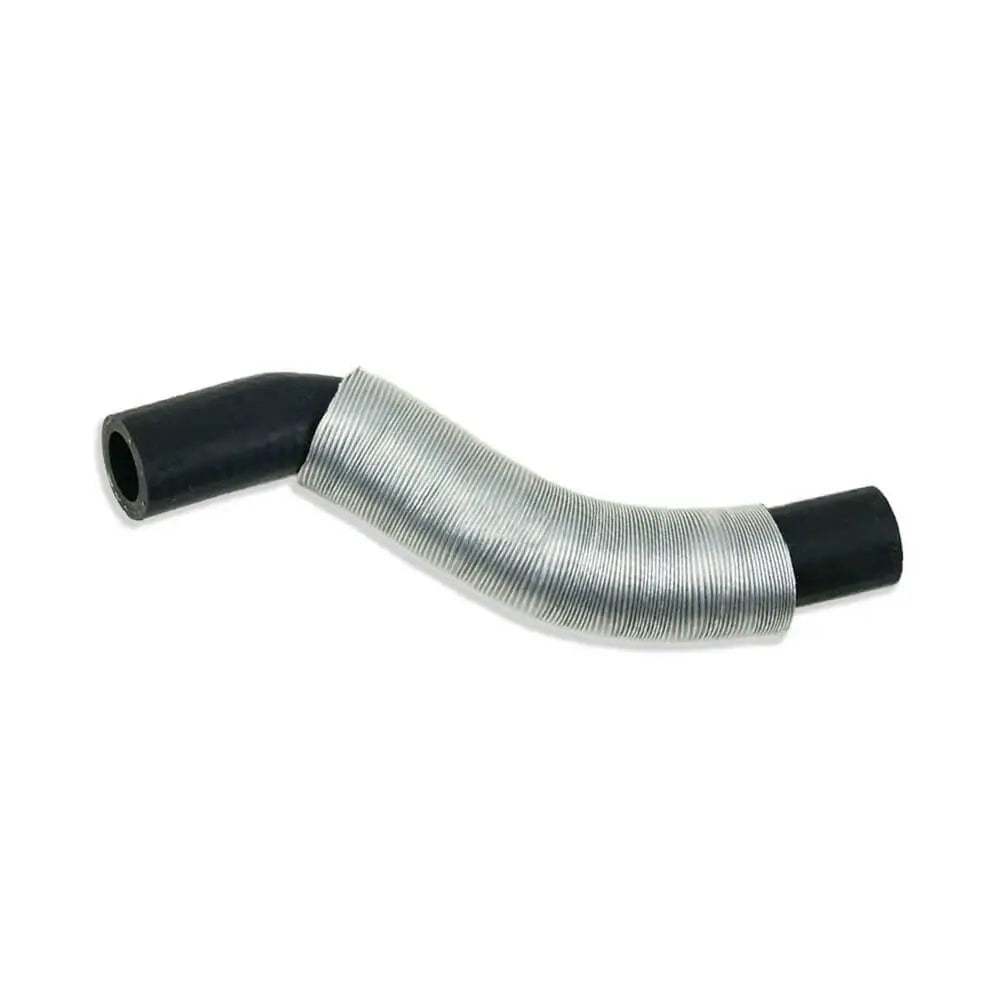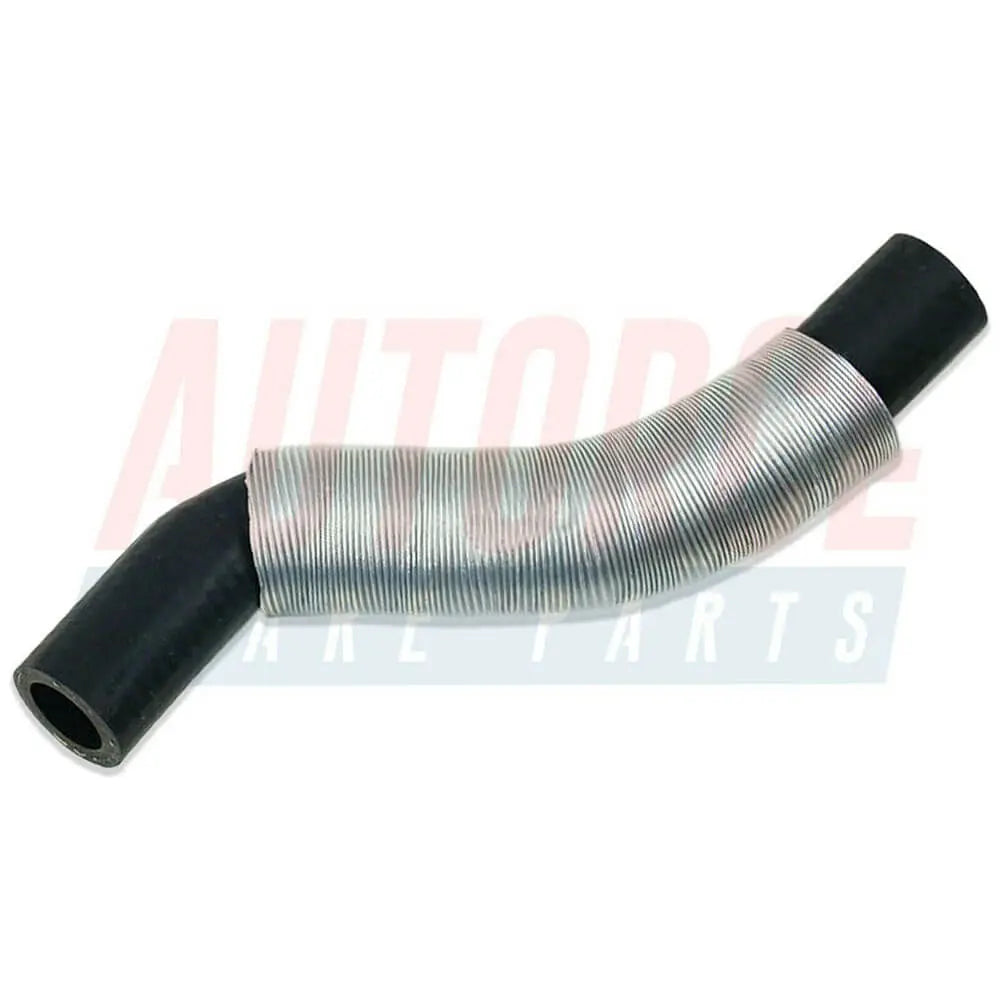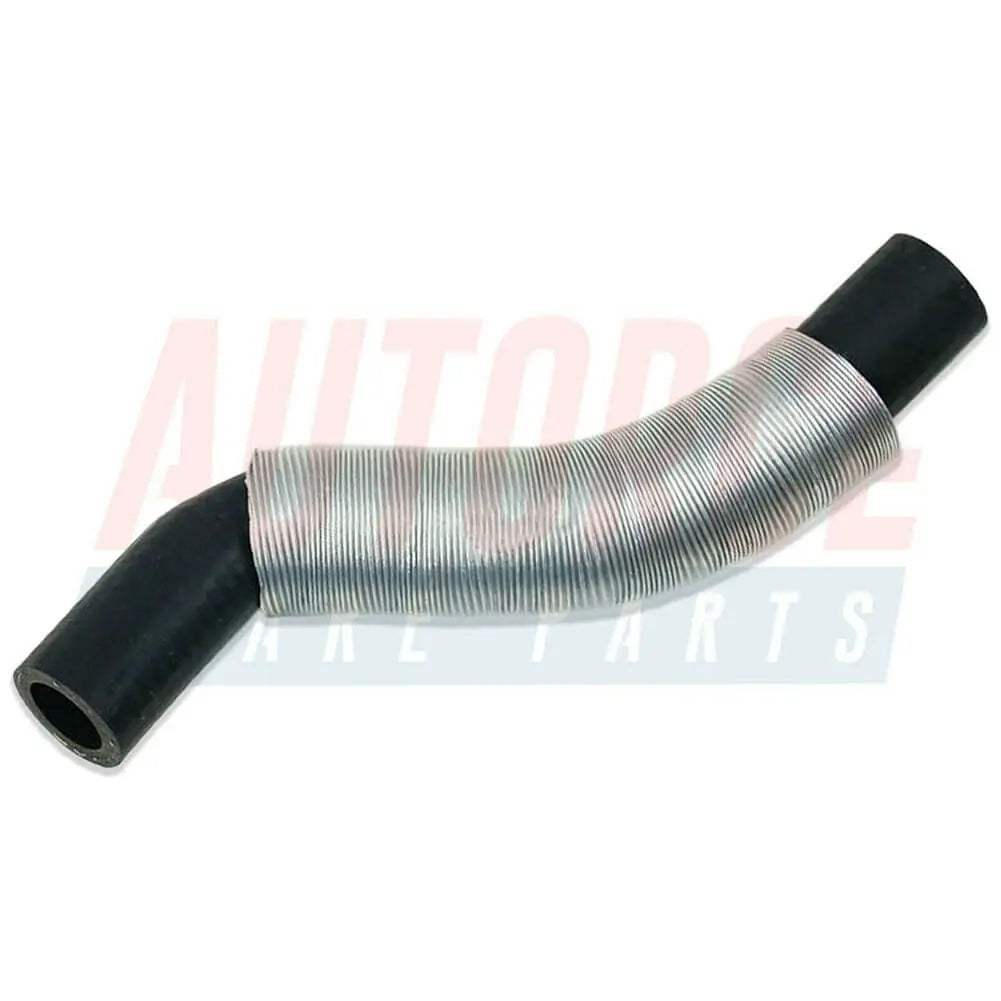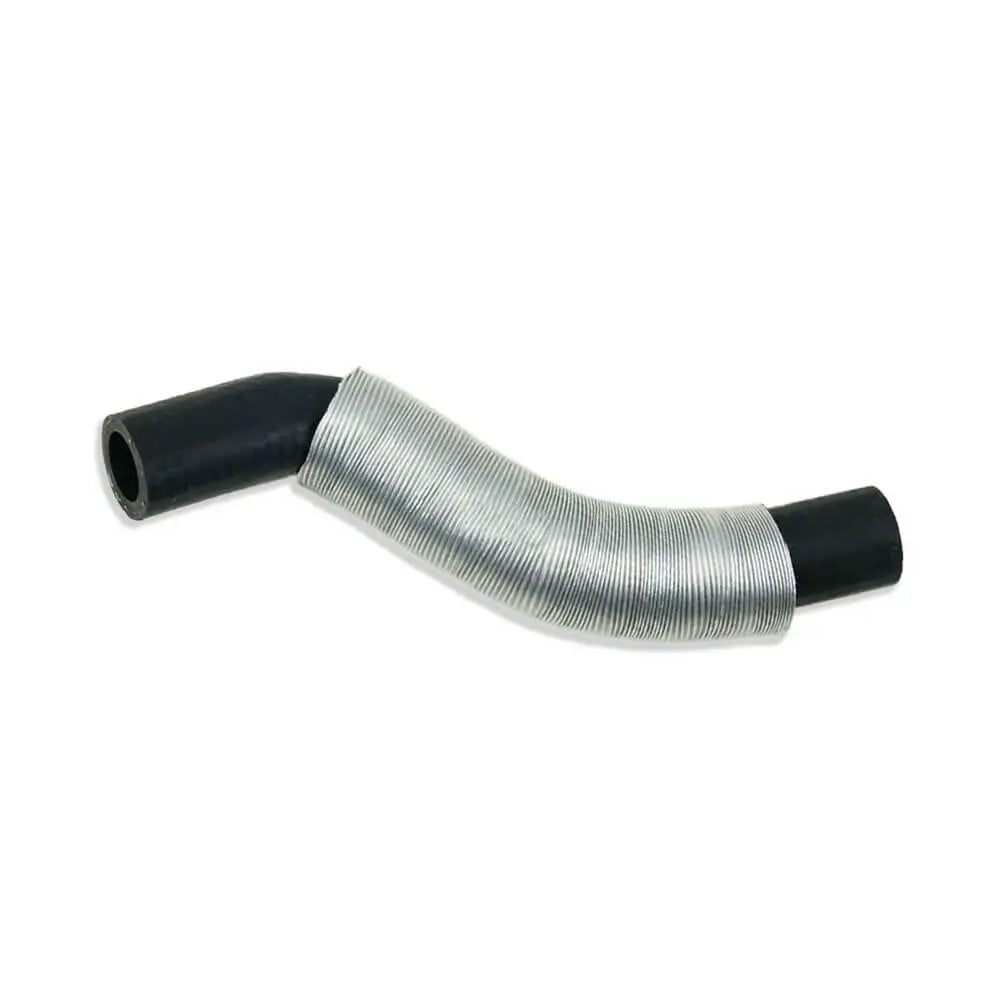Shop by Category
Oil Pipe, Charger
8 products
Showing 1 - 8 of 8 products
The Fusion of Convenience and Sustainability: The Oil Pipe and Charger for Electric Cars
As the world continues to seek sustainable alternatives to traditional fossil fuel consumption, electric vehicles (EVs) have emerged as a promising solution. While advancements in battery technology have extended the driving range of electric cars, the need for efficient charging infrastructure and innovations in this field remains paramount. In this article, we explore the concept of an "oil pipe and charger" for electric cars, which combines convenience and sustainability to enhance the EV charging experience.The Transition to Electric Mobility
The rapid growth of electric vehicles is driven by concerns over climate change, air pollution, and the depletion of fossil fuels. EVs have proven to be cleaner, quieter, and more energy-efficient than their gasoline-powered counterparts. However, the transition from traditional internal combustion engines to electric mobility comes with its own set of challenges.One of the main obstacles to widespread EV adoption is the availability and accessibility of charging infrastructure. While the network of charging stations is expanding, drivers still need to plan their routes carefully, considering charging stops along the way to ensure they don't run out of power during their journey. This issue is particularly evident on long-distance trips, where charging times can significantly impact travel time.
The Concept of the Oil Pipe and Charger
The "oil pipe and charger" concept aims to bridge the convenience gap between fossil-fuel-powered vehicles and electric cars. Drawing inspiration from the ease of refueling at gas stations, this concept proposes a solution that would make EV charging more efficient and user-friendly.The idea is to create a standardized, automated charging system that functions similarly to the way gasoline is dispensed through a fuel pump. Electric vehicles would be equipped with an integrated charging port, resembling a fuel filler neck, where drivers can insert the charging connector.
How It Works
1. Integrated Charging Port: EV manufacturers would design new electric cars with an integrated charging port located where the traditional fuel tank inlet is typically found. For retrofitting older EV models, this port can be integrated during routine maintenance or through a specialized upgrade process.2. Automated Charging Stations: Charging stations would be equipped with "oil pipe and charger" dispensers. These charging stations could be located alongside existing gas stations or at dedicated EV charging points. They would contain multiple charging pumps, similar to traditional fuel pumps, to serve several vehicles simultaneously.
3. Standardized Connector: The charging connector would be standardized across all electric vehicle models, ensuring compatibility with the "oil pipe and charger" system. This would eliminate the need for drivers to carry multiple charging adapters and simplify the charging process.
4. Charging Process: When a driver arrives at a charging station, they would park their EV next to an available "oil pipe and charger" dispenser. Upon authorization and payment confirmation, the driver would insert the charging connector into the integrated charging port on their vehicle.
5. Automated Charging: The charging process would start automatically, delivering the required electric power to the vehicle's battery. Much like refueling a gasoline car, the driver could then monitor the charging progress and receive a notification when the charging is complete.
Benefits and Impact
The oil pipe and charger concept presents several advantages for the electric vehicle market:1. User-Friendly Experience: By mimicking the familiarity of refueling at gas stations, the "oil pipe and charger" concept reduces range anxiety and makes EV charging a more user-friendly experience for drivers.
2. Efficient Charging: Standardized connectors and automated charging processes would lead to faster charging times and a more streamlined charging infrastructure.
3. Increased EV Adoption: The convenience and accessibility offered by this concept could accelerate the widespread adoption of electric vehicles, reducing greenhouse gas emissions and dependence on fossil fuels.
4. Synergy with Existing Infrastructure: By integrating "oil pipe and charger" dispensers into existing gas stations, the transition to EV charging infrastructure could be achieved more smoothly.
The oil pipe and charger concept represents an innovative and practical solution to enhance the charging experience for electric vehicle owners. By combining the ease of refueling with the sustainability of electric mobility, this concept could encourage more drivers to embrace EVs and contribute to a greener and more sustainable future. As the electric vehicle industry continues to evolve, solutions like the "oil pipe and charger" system offer a glimpse of the possibilities that lie ahe
Filters (0)

